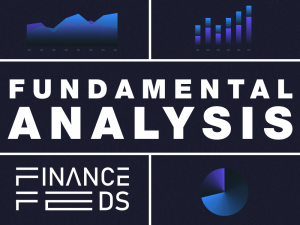SEC to launch an Access Fee pilot with no trade-at provision
To measure the impact of lower access fees on liquidity provisioning (bid/ask spreads, market depth, order routing behaviors, ratio of hidden liquidity vs. displayed liquidity on the exchanges, quoting behavior, average time before getting a fill) and the impact of lower access fees on liquidity taking (ratio of on vs. off exchange trading, order routing […]

To measure the impact of lower access fees on liquidity provisioning (bid/ask spreads, market depth, order routing behaviors, ratio of hidden liquidity vs. displayed liquidity on the exchanges, quoting behavior, average time before getting a fill) and the impact of lower access fees on liquidity taking (ratio of on vs. off exchange trading, order routing behaviors, price impact, slippage/realized spread, trade volume), the Equity Market Structure Advisory Committee (EMSAC) is proposing a pilot program to reduce the access fee cap (and corresponding liquidity rebates) and measure the commensurate impact on both market quality and marketplace behavior. The details can be found here.
With the pilot program, the EMSAC is looking for answers to the following questions: “The relationship among access fees, liquidity provision and market quality; the relationship between access fees, rebates, and order routing practices; the potential impact of access fee dynamics on the price discovery process.”
The institution acknowledged that some industry participants would push that an access fee pilot should include a “trade-at” provision. But EMSAC disagrees and claims that the access fee pilot is being proposed to determine, in part, if a trade-at provision is needed: “Many in the market believe that a motivation for ATS activity (not wholesaler activity) is economic, i.e., take fees are too high” and that trade-at would address a different market structure issue. “In addition, the likely shift of flows as a result of trade-at would both make the pilot more complex and impact effective measurement of the access fee change”, the EMSAC argues.
In reply to the recommendations, the Securities Industry and Financial Markets Association made the following reply: “SIFMA supports a pilot on maker-taker arrangements that would analyze the effects of reduced access fee caps. However, any such pilot should not include a trade-at provision. Moreover, this pilot should be developed in a streamlined and uncomplicated fashion so that it can be implemented without any unnecessary delay.
“We urge the SEC to act on the subcommittee recommendations promptly and sensibly”, SIFMA concluded.
The Securities Exchange Commission is now able to act on developing an Access Fee pilot, with sensitivity towards retail investors and unintended negative consequences, translating into the ability to stop the pilot in case of any significant unexpected impacts.









